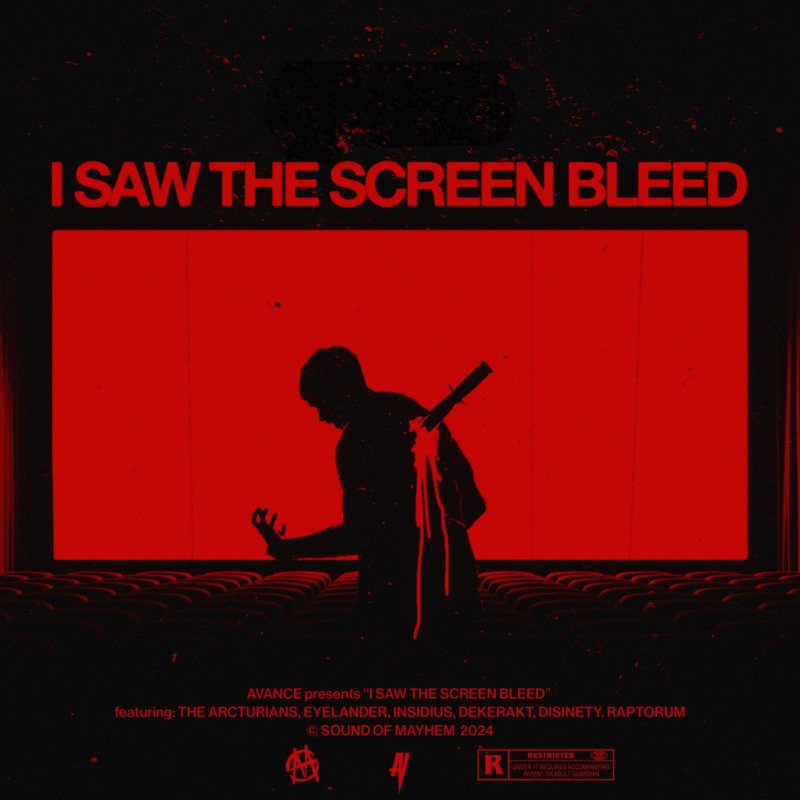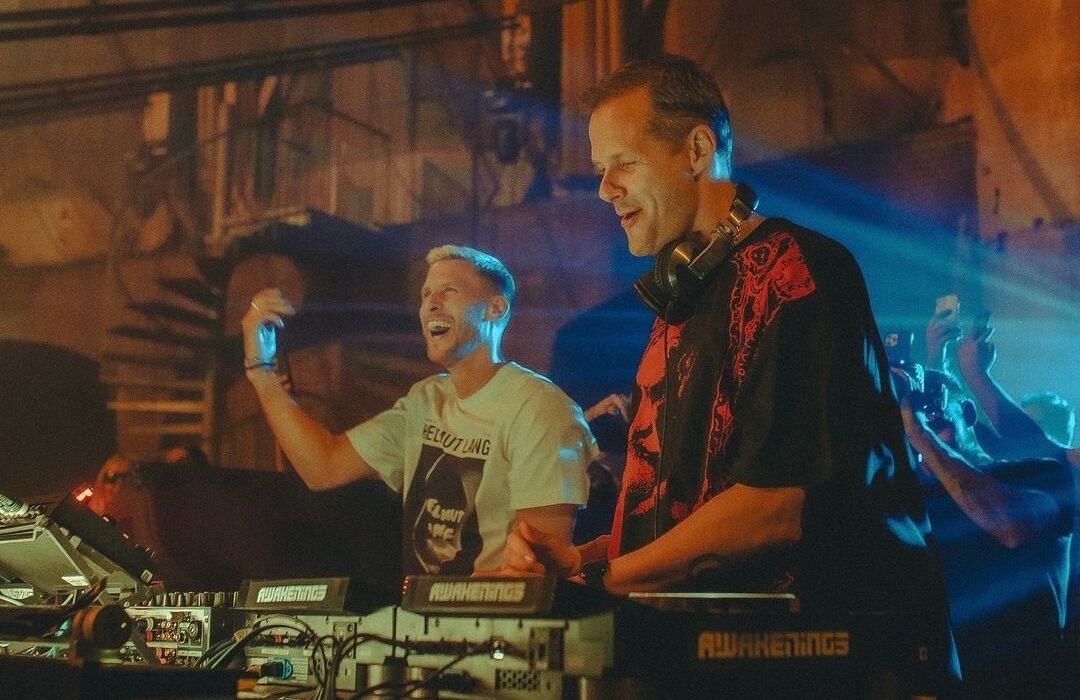Electronic dance music house is a unique music genre that has evolved over the years and across different boundaries, from its roots in New York City in the late 1980s. It’s the ultimate clubbing experience, combining the unique rhythms of the eighties with today’s technology and cutting edge sounds. The genre has developed into an extremely popular form of music and has grown rapidly over the years. It’s popularity is owed to a number of things, most notably the huge fan base that continues to follow it both in online and offline fan communities. However, the main reason for its continued growth remains its original and groundbreaking noise-making beats.
Technically speaking, there are no strict rules that define a “sound”. While one might say a certain style sounds better than others because it makes the DJ’ing experience more exciting and “cool”, there are no set parameters as to what qualifies a track as a “sound”. DJs have the freedom to choose whatever sounds good to them and any given mix might appeal to a wide range of people. Some may find tracks with heavy drums and basslines to be inspiring, while others may find a quiet melody with a crisp bassline to be more uplifting. In the DJ world, it’s all about the blend of styles and tones that appeal to a DJ’s core musical taste.
One of the most important aspects of electronic dance music house music, whether a radio show, an online stream or CD or simply the songs themselves, is its “sound design”. It’s the reason why the techno music of the eighties was so different from the hip hop and electronica of the 90s – it owed everything to a unique sound design. And this is what sets a DJ’s show apart from the competition. In fact, some DJs still prefer to run their shows without any visuals (though surprisingly not many, just to get the purer, more genuine perspective of a crowd.
The quality of electronic dance music house music should be taken seriously. It’s important to remember that clubbers like the unexpected. They want a DJ who can “tell” when something’s not right. The DJ’s performance must live up to their high standards, and this means listening closely and being able to identify when a track is out-of-tune or sounding “washed out”.
There are some DJ’s out there who have mastered the art of shock value, but a lot of the time the “shock value” done is unintentional. Clubbers love to see a DJ switch an ordinary track with something extraordinary – usually something old. Sometimes they’ll forget about the original’s quality and instead take advantage of the new one. This has lead to many a broken heart between the original DJ, the clubber and everyone else who was meant to be enjoying the original.
Electronic dance music house music is by its very nature subjective. It’s easy to compare a track played on one radio station by one DJ to one played on another station by another DJ. As such, if one DJ plays a track from her CD and another DJ plays the same track on his CD, both will play it. The difference in performance comes from the originality of the original track.
One of the most unique sounds of electronic dance music house music is the scratching heard on a record. Scratching occurs when a scratch pad (or sometimes a finger) is pressed on a record to produce a sound. Unfortunately scratching is also one of the main reasons some tracks are overlooked by producers. A DJ who only scratches rarely ever gets the chance to showcase his unique sound. This also means that he may not be able to get the best out of his mixes and beats.
Of course there is one more essential ingredient of electronic house music: the looping. A DJ is at least as important as the rest of the crew in creating a loop of one song. Finding the perfect loop takes time, effort and patience. It’s often the job of the DJ to ‘hide’ the loop on a track so that the clubbers aren’t distracted and neither are the producers. Of course, the producers can come up with a better sloop than the DJ as they listen back through the audio input.


